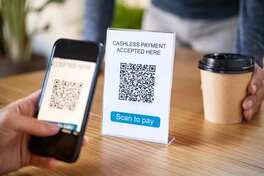 If there is one area of tech to focus on this year, you’ll be in a good spot by smoothing out the process your guests must go through when placing orders and making payment – and finding low-touch, low-interaction ways of doing so. According to a new report from Oracle about consumer expectations for restaurant dining, 73 percent of restaurant patrons would like to reduce their use of cash, 49 percent would like to minimize their human interaction, 46 percent want to settle their bill on a mobile app, and 71 percent wouldn’t mind if restaurants, at the time of online booking, communicated a limit to the amount of time guests could keep a reserved table. This is good news for operators struggling to keep labor. What aspects of your guest experience might be better managed by outsourcing them to tech this year? 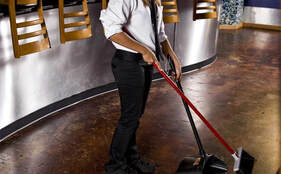 Amid ongoing labor challenges, automation is something many restaurant operators are willing to try. According to the foodservice technology firm Lightspeed, half of restaurant operators in the U.S. are planning to incorporate automation to fill labor gaps in the next two to three years. According to Bureau of Labor Statistics research from August, the quit rate among hospitality workers is 6.8 percent – more than double the national average – and full-service restaurants are operating with 6.2 percent fewer kitchen employees than they were in 2019. While larger brands are taking on labor challenges by offering enticements ranging from educational benefits to higher pay to even iphones, providing these incentives to potential hires may not be sustainable or even possible for everyone. So how feasible is it for the average restaurant to automate tasks normally delegated to an employee? While the idea of automation may conjure ideas of big-ticket robotic chefs and servers, there are a number of ways to ease labor pressures through automation with far lower barriers to entry. Start there to make sure you are already automating what you can. That could mean automating your bookings, social media posts, online (or even in-person) orders and post-visit marketing so those tasks require less involvement from your staff. Assess your back-of-house procedures as well to weed out any manual processes you use to pay invoices, schedule staff, track inventory, manage food safety and monitor the functioning of equipment. 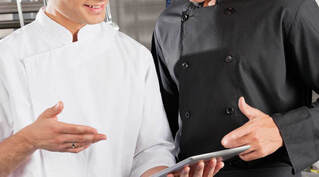 What’s next in customer-facing tech? Industry analysts say siloed tech solutions are out and all-in-one solutions are in. That means that any new tools and systems you adopt should be, above all, adaptable – to a range of surroundings, to the addition of new employees and sales streams, and to new applications that work alongside them. A new report from Restaurant Business also advises that new tools be payment-enabled and designed for easy transport. Servers should be able to carry them from tables to the drive-thru to curbside easily and without worrying about losing battery charge, and to process payments on the fly without having to return to the POS.  If your restaurant has successfully used QR codes in recent months to enable guests to review your menu or place an order, consider doubling down on them – they provide not only a fast, contact-free ordering and payment option but also a digital window onto your guests and their consumption habits. QR codes connect your POS to your guests. You can use that connection to bring your menu to life on the guest’s phone through videos you share about special menu items. Further, when a guest is already on their phone to order, it’s that much easier to get them to sign up for your loyalty program or agree to answer a few survey questions – further feeding the insights you can use to make improvements to your menu and overall business.  Amid labor challenges and an escalation in carry-out and delivery business in the past 18 months, food lockers have become a tech solution on the rise. Nation’s Restaurant News reports that Smashburger has been testing a couple of versions of them – one that displays the status of an order on a screen that directs a customer to the locker where their food can be found, and another that lets customers use the restaurant’s mobile app to unlock the correct locker when they approach, thanks to geofencing technology. If you’re considering food lockers as a pickup solution, find ways to make the experience feel human and personal – that could be as simple as placing the lockers within view of your kitchen assembly line.  Restaurants are managing orders from more sources than ever – yet still need to prepare those items at the same time. If they’re short on staff, juggling this and keeping customers informed about their order can be a challenge. But smart pacing tools for order fulfillment can help. As Pymnts.com reports, that could include an automated text to a guest when their food or their table is ready, or a QR code that allows a guest to place an order or pay from the table as they leave.  The pandemic has pushed restaurant technology several years ahead of where it would be otherwise – and our increased ordering of takeout in the past year has made us more comfortable ordering food on our phones. Could allowing guests to order by phone work for you on-premise as well as off? At a time when labor is scarce, it may be worth considering. During a recent episode of the restaurant webcast The Barron Report, the founders of Branded Strategic Hospitality spoke about how they have invested in their entire tech stack, to include the app Bbot, which enables QR code scanning for ordering from the restaurant. If you have a tech-savvy guests who are just as happy to read a menu on their phone as on a piece of paper, you might try experimenting with QR codes for not only menu review but also ordering.  Bring the right tech mix to your service Now that people are coming back to restaurant dining rooms, operators are having to determine exactly how much of their in-person service to bring back and which tasks to relegate to technology. Choosing what to do is about understanding your customers and the experience they would like, as well as your time challenges. A recent Restaurant Dive report indicates, that might be about shelving the QR codes in favor of paper because guests want to hold a menu in their hands, but keeping self-payment options because of how much time they save you when you’re trying to turn tables. Finding the right balance might also require you to be more methodical about when your staff have in-person interactions with guests to help reinforce the experience you’d like them to have with you. As the contactless restaurant experience has become the norm over the past year, some restaurant operators may worry about permanently losing the kinds of quality in-person connections with consumers that once helped them build and sustain relationships. As we emerge from the pandemic, how will restaurants be able to deliver personal service in an era where physical distance, minimal conversation and touch-free experiences continue to be encouraged? The good news is that while technology enables more low-contact experiences, it also helps businesses get more personal – and restaurants can use it to build relationships in new ways. To a great extent, consumers have lived their lives online throughout the pandemic. They have become more accustomed to the Amazon experience – being able to order an item in a minimum number of clicks, having the site predict what they are apt to enjoy, and being less suspicious about having companies track the items they buy and enjoy. Some restaurants are literally using Amazon Web Services (AWS) to provide an Amazon-style experience. Using that kind of approach – and there are many services that can provide it – a restaurant with a strong command of its customer data can direct different targeted promotions to people whenever they happen to be in the neighborhood or on the days they are apt to crave a particular order. What better way to deliver personal service than to predict what a person wants before they even know they want it?
If you have been among the fortunate restaurant operators to have survived the past year, you’re about to be surrounded with some new potential opportunities (and perhaps competitors) in 2021. The restaurant closures of the past year have left a significant amount of infrastructure behind – including turnkey kitchens ready to be used for new concepts. Expect former cafés and other real estate equipped with professional kitchens to be scooped up and reopened as ghost kitchens (with or without walk-up service). If you have been considering either making the switch to a ghost kitchen or just testing a new off-premise concept with the help of one, now could be a good time to find deals.
|
Subscribe to our newsletterArchives
July 2024
Categories
All
|
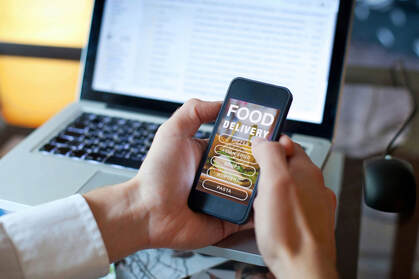
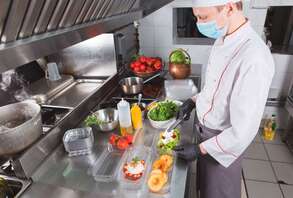


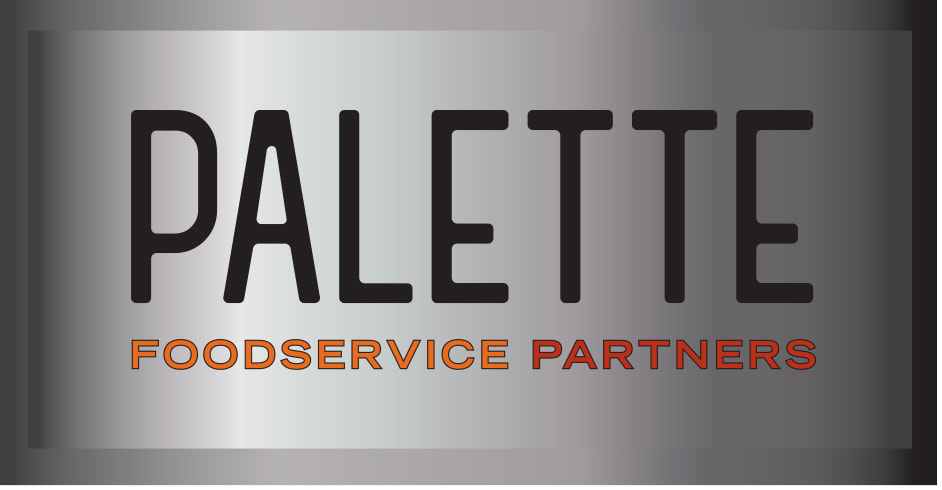
 RSS Feed
RSS Feed